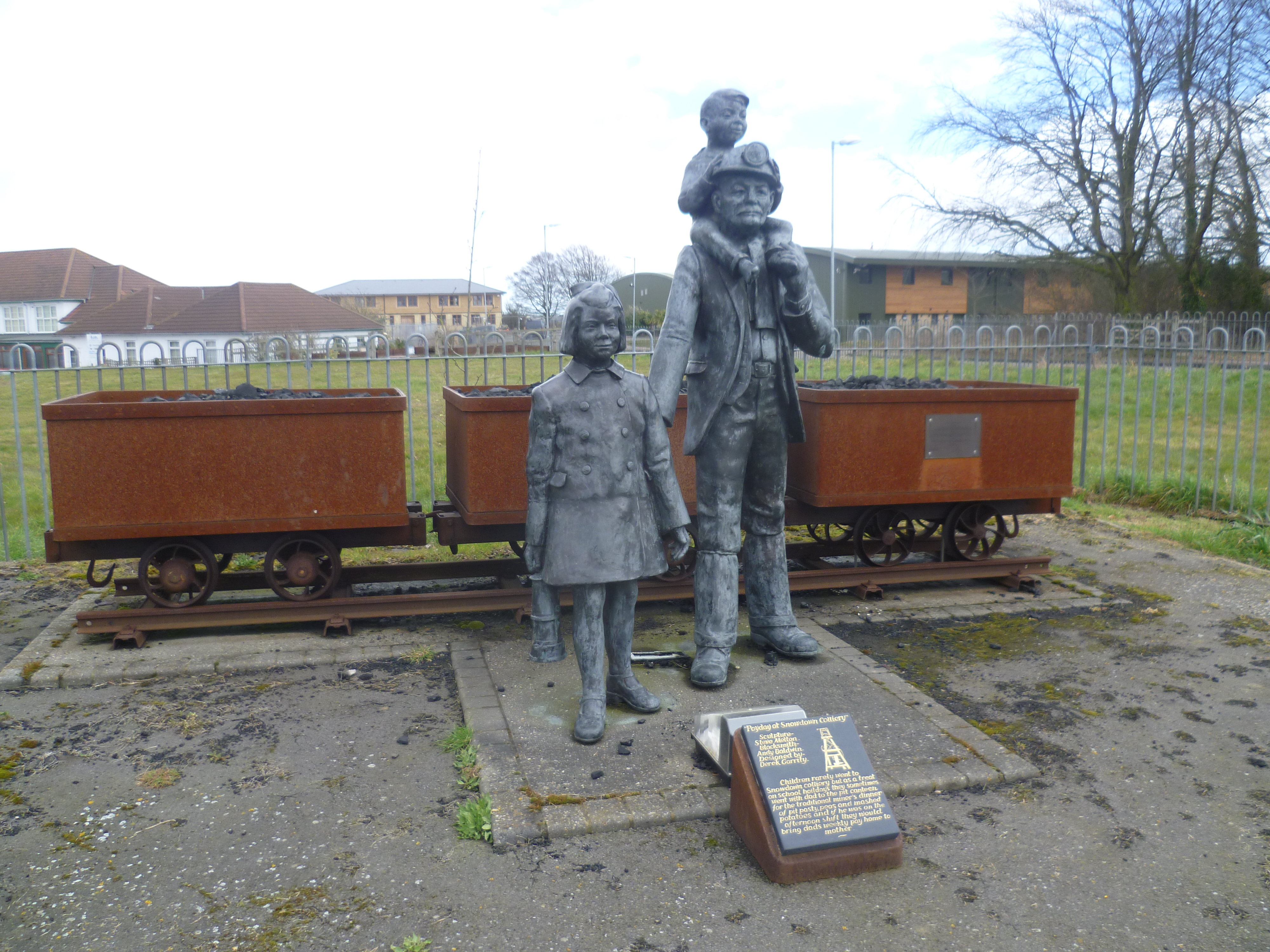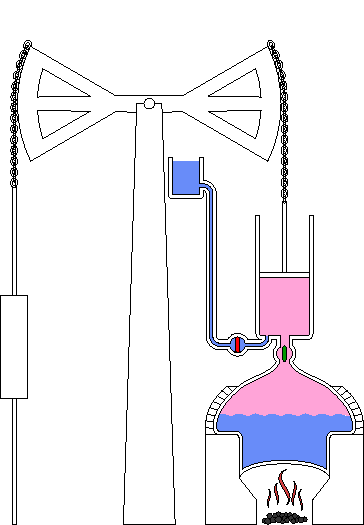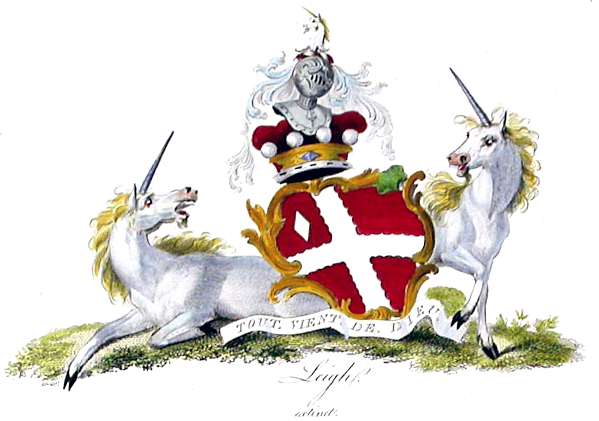|
Poynton, Cheshire
Poynton is a town in the civil parish of Poynton-with-Worth, in the Cheshire East district and the ceremonial county of Cheshire, England; from 1974 to 2009 it was in Macclesfield (borough), Macclesfield district. It is located on the easternmost fringe of the Cheshire Plain, south-east of Manchester, north of Macclesfield and south of Stockport. The first mention of the manor of Poynton was in 1289. Coal was mined in Poynton from the 16th century and the collieries, under the ownership of the Baron Vernon, Lords Vernon from 1832 until their closure in 1935, were the largest in Cheshire. Consequent urbanisation and socioeconomics, socioeconomic development necessitated better transport links; these came with the completion of the Macclesfield Canal through Poynton in 1831, the arrival of the Manchester and Birmingham Railway in 1845 and the Macclesfield, Bollington and Marple Railway in 1869. In the late 20th century, Poynton became a commuter town for Manchester. Since 194 ... [...More Info...] [...Related Items...] OR: [Wikipedia] [Google] [Baidu] |
Cheshire East
Cheshire East is a unitary authority area with borough status in Cheshire, England. The local authority is Cheshire East Council, which is based in the town of Sandbach. Other towns within the area include Crewe, Macclesfield, Congleton, Wilmslow, Nantwich, Poynton, Knutsford, Alsager, Bollington and Handforth. History The borough council was established in April 2009 as part of the 2009 structural changes to local government in England, by virtue of an order under the Local Government and Public Involvement in Health Act 2007. It is an amalgamation of the former boroughs of Macclesfield, Congleton and Crewe and Nantwich, and includes the functions of the former Cheshire County Council. The residual part of the disaggregated former County Council, together with the other three former Cheshire borough councils (Chester City, Ellesmere Port & Neston and Vale Royal) were, similarly, amalgamated to create the new unitary council of Cheshire West and Chester. Cheshire East h ... [...More Info...] [...Related Items...] OR: [Wikipedia] [Google] [Baidu] |
English Feudal Barony
In the kingdom of England, a feudal barony or barony by tenure was the highest degree of feudal land tenure, namely ''per baroniam'' (Latin for "by barony"), under which the land-holder owed the service of being one of the king's barons. The duties owed by and the privileges granted to feudal barons are not exactly defined, but they involved the duty of providing soldiers to the royal feudal army on demand by the king, and the privilege of attendance at the king's feudal court, the '' Magnum Concilium'', the precursor of parliament. If the estate-in-land held by barony contained a significant castle as its '' caput baroniae'' and if it was especially large – consisting of more than about 20 knight's fees (each loosely equivalent to a manor) – then it was termed an honour. The typical honour had properties scattered over several shires, intermingled with the properties of others. This was a specific policy of the Norman kings, to avoid establishing any one area under the ... [...More Info...] [...Related Items...] OR: [Wikipedia] [Google] [Baidu] |
Woodford, Greater Manchester
Woodford is a village in the Metropolitan Borough of Stockport, Greater Manchester, England. It lies in the historic county of Cheshire, south of Stockport, north-west of Macclesfield and south-east of Manchester. Woodford was a hamlet in the parish of Prestbury throughout the Middle Ages. It was incorporated into the Urban District of Hazel Grove and Bramhall in 1939 and then the Metropolitan Borough of Stockport in 1974. Woodford Aerodrome was opened in 1924 by Avro and produced aircraft such as the Avro Lancaster in World War II; it closed in 2011 and was demolished in 2015. A new housing development has been built on the site. Its historic properties include New Hall, a 17th-century cottage and Grade II* listed building. History In 1248, the manor of Woodford was one of several in the Barony of Stockport. Land was cleared and improved for agriculture in the late 13th century and a cornmill existed by 1296. The barony shrank during the 14th century, and in 1355 land a ... [...More Info...] [...Related Items...] OR: [Wikipedia] [Google] [Baidu] |
Avro
Avro (an initialism of the founder's name) was a British aircraft manufacturer. Its designs include the Avro 504, used as a trainer in the First World War, the Avro Lancaster, one of the pre-eminent bombers of the Second World War, and the delta wing Avro Vulcan, a stalwart of the Cold War. Avro was founded in 1910 by Alliott Verdon Roe at the Brownsfield Mill on Great Ancoats Street in Manchester. The company remained based primarily in Lancashire throughout its 53 years of existence, with key development and manufacturing sites in Alexandra Park, Chadderton, Trafford Park, and Woodford, Greater Manchester. The company was merged into Hawker Siddeley Aviation in 1963, although the Avro name has been used for some aircraft since then. History Early history One of the world's first aircraft builders, A.V. Roe and Company was established on 1 January 1910 at Brownsfield Mill, Great Ancoats Street, Manchester, by Alliott Verdon Roe and his brother Humphrey Verdon Roe ... [...More Info...] [...Related Items...] OR: [Wikipedia] [Google] [Baidu] |
Kent Coalfield
The Kent Coalfield is a coalfield in the eastern part of the England, English county of Kent. The Coalfields Trust defines the Kent Coalfield as the wards of Barham Downs and Marshside in the Canterbury district, and the wards of Aylesham, Eastry, Eythorne & Shepherdswell, Middle Deal & Sholden, Mill Hill and North Deal in the Dover district. Coal was discovered in the area in 1890 when abandoned borings for the first Channel Tunnel project were used to investigate the local geology; the resultant Shakespeare colliery lasted until 1915. In 1911, investigation into whether there was other workable coal was planned. Six 'bore holes' were put down in search of coal (at Rushbourne, Hoads Wood in Sturry, Herne Bay, Reculver, Chitty (which is near Chislet) and Chislet Park near the future site of Hersden). In the early years many collieries were sunk, and the East Kent Light Railway was built to exploit the anticipated business. Extensive plans had been drawn up by 1914 for major co ... [...More Info...] [...Related Items...] OR: [Wikipedia] [Google] [Baidu] |
General Strike
A general strike is a strike action in which participants cease all economic activity, such as working, to strengthen the bargaining position of a trade union or achieve a common social or political goal. They are organised by large coalitions of political, social, and labour organizations and may also include rallies, marches, boycotts, civil disobedience, non-payment of taxes, and other forms of direct or indirect action. Additionally, general strikes might exclude care workers, such as teachers, doctors, and nurses. Historically, the term general strike has referred primarily to solidarity action, which is a multi-sector strike that is organised by trade unions who strike together in order to force pressure on employers to begin negotiations or offer more favourable terms to the strikers; though not all strikers may have a material interest in each other's negotiations, they all have a material interest in maintaining and strengthening the collective efficacy of strikes as ... [...More Info...] [...Related Items...] OR: [Wikipedia] [Google] [Baidu] |
Lancashire Cotton Famine
The Lancashire Cotton Famine, also known as the Cotton Famine or the Cotton Panic (1861–1865), was a depression in the textile industry of North West England, brought about by overproduction in a time of contracting world markets. It coincided with the interruption of baled cotton imports caused by the American Civil War and speculators buying up new stock for storage in the shipping warehouses at the entrepôt. It also caused cotton prices to rise in China, in which trade had been steadily increasing following the Second Opium War and during the ongoing Taiping Rebellion. The increase in cotton prices caused the textile trade to rapidly lose two-thirds of its previous value of exports to China from 1861 to 1862. The worldwide cotton famine also produced a boom in cotton production in Egypt and Russian Turkestan. The boom years of 1859 and 1860 had produced more woven cotton than could be sold and a cutback in production was needed. The situation was exacerbated by an overab ... [...More Info...] [...Related Items...] OR: [Wikipedia] [Google] [Baidu] |
George Venables-Vernon, 5th Baron Vernon
George John Warren Venables-Vernon, 5th Baron Vernon (22 June 1803 – 31 May 1866), was a British politician. He was one of the last members of parliament for Derbyshire and the first for South Derbyshire. Vernon had a lifetime enthusiasm for Italian literature, particularly Dante after visiting Italy as a child. Vernon county is named after him in Australia. Early life and education Vernon was born at Stapleford Hall in Nottinghamshire, the only son of George Charles Venables-Vernon, 4th Baron Vernon (1779–1835) of Sudbury, Derbyshire, and Frances Maria Warren, only daughter of Admiral Sir John Borlase Warren. Sir Richard Vernon, Speaker of the House of Commons from 1425 to 1426, was an ancestor. He was educated at Eton College and Christ Church, Oxford. Career Vernon was commissioned as Captain of the Burton-on-Trent Troop of the Staffordshire Yeomanry on 5 June 1830. In October 1832 he rushed up from London when he heard that his Troop had been called out to Derby, ... [...More Info...] [...Related Items...] OR: [Wikipedia] [Google] [Baidu] |
Watt Steam Engine
The Watt steam engine design was an invention of James Watt that became synonymous with steam engines during the Industrial Revolution, and it was many years before significantly new designs began to replace the basic Watt design. The Newcomen atmospheric engine, first steam engines, introduced by Thomas Newcomen in 1712, were of the "atmospheric" design. At the end of the power stroke (engine), power stroke, the weight of the object being moved by the engine pulled the piston to the top of the cylinder as steam was introduced. Then the cylinder was cooled by a spray of water, which caused the steam to condense, forming a partial vacuum in the cylinder. Atmospheric pressure on the top of the piston pushed it down, lifting the work object. James Watt noticed that it required significant amounts of heat to warm the cylinder back up to the point where steam could enter the cylinder without immediately condensing. When the cylinder was warm enough that it became filled with steam th ... [...More Info...] [...Related Items...] OR: [Wikipedia] [Google] [Baidu] |
Newcomen Atmospheric Engine
The atmospheric engine was invented by Thomas Newcomen in 1712, and is sometimes referred to as the Newcomen fire engine (see below) or Newcomen engine. The engine was operated by condensing steam being drawn into the cylinder, thereby creating a partial vacuum which allowed atmospheric pressure to push the piston into the cylinder. It is significant as the first practical device to harness steam to produce mechanical work. Newcomen engines were used throughout Britain and Europe, principally to pump water out of mining, mines. Hundreds were constructed during the 18th century. James Watt's Watt steam engine, later engine design was an improved version of the Newcomen engine that roughly doubled fuel efficiency. Many atmospheric engines were converted to the Watt design. As a result, Watt is today better known than Newcomen in relation to the origin of the steam engine. Precursors Prior to Newcomen a number of small steam devices of various sorts had been made, but most were es ... [...More Info...] [...Related Items...] OR: [Wikipedia] [Google] [Baidu] |
Leghs Of Lyme
The Leghs of Lyme were a gentry family Ancestral seat, seated at Lyme Park in Cheshire, England, from 1398 until 1946, when the stately home and its surrounding Landscaped parkland, parkland were donated by the Baron Newton, 3rd Lord Newton to National Trust for Places of Historic Interest or Natural Beauty, The National Trust. Since the Middle Ages various spellings of this ancient surname have been used : Legh, a Lee, Leghe, Leigh and Leyghe; there were also variations on Peter, ''eg.'' Piers and Peers, the family's most oft-used given name. The first Sir Piers Legh, of Lyme Hall, Lyme, was knighted in 1397 and assumed as a coat of arms those of his mother, Matilda de Norley, in lieu of his ancient patrilineal High Legh#History, Leigh coat of arms, arms. For ease of distinguishing between the earlier generations, it became customary to append a Roman numerals, Roman numeral to the various Leghs of Adlington, Leghs' names; in this case the numbering system is as used in ''The N ... [...More Info...] [...Related Items...] OR: [Wikipedia] [Google] [Baidu] |









